
How to Read a Whisky Bottle
It is often thought that an older single malt will be a better one. But is a number on a bottle the only thing to consider when you’re looking for a great-tasting whisky? You can learn a lot from a whisky bottle before you’ve even taken a sip, especially if you know what you’re looking for.
So, where do you start?
01
Distillery or brand name
Let's start at the very beginning. On the bottle, take a look at the distillery or brand name (which are often used interchangeably). Each distillery brings their own expertise and distillation process to their whiskies. The obvious exceptions here are blended whiskies which source whiskies from multiple distilleries released under a different brand name, like Johnnie Walker.
A great way to learn more about distilleries is with a visit to experience tours and tastings. From remote Islay to central Speyside, every distillery has a different story to tell.

02
Type of cask
Oak, sherry, refill bourbon... all whiskies have been aged and matured in casks. The type of wood that the whisky has been aged in imparts unique flavours. Ex-sherry casks will add sweetness to the whisky whereas ex-bourbon casks adds increased depths of flavour. Master blenders are increasingly experimenting with different cask finishes such as port and cognac. Some whiskies are single cask, where they are bottled from an individual cask and often the bottles are labeled with specific barrel and bottle numbers.
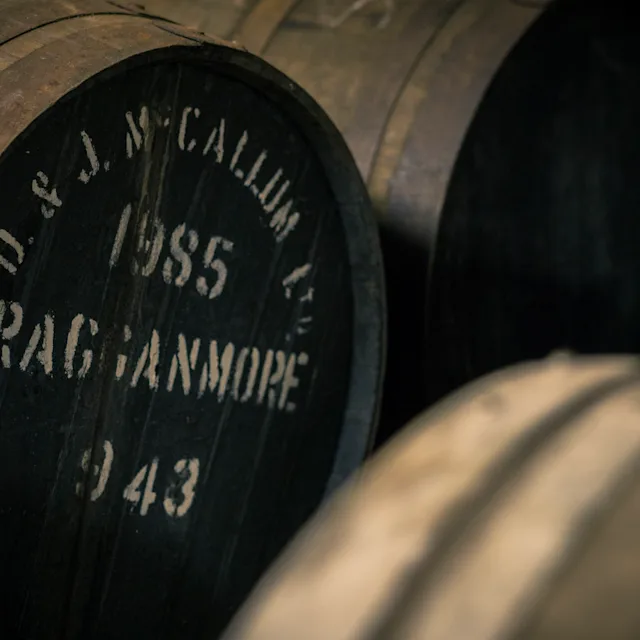
03
Age of the whisky
Quite self-explanatory, the bottle can tell you the age of the whisky. Scotch whisky law dictates that the spirit is not considered whisky unless it has been matured for a minimum of three years. It's important to note that the age displayed on the label refers to the youngest whisky in the bottle. Fear not though, there are more often than not samples from much older whiskies in each bottle that help create the complex flavours we all enjoy.
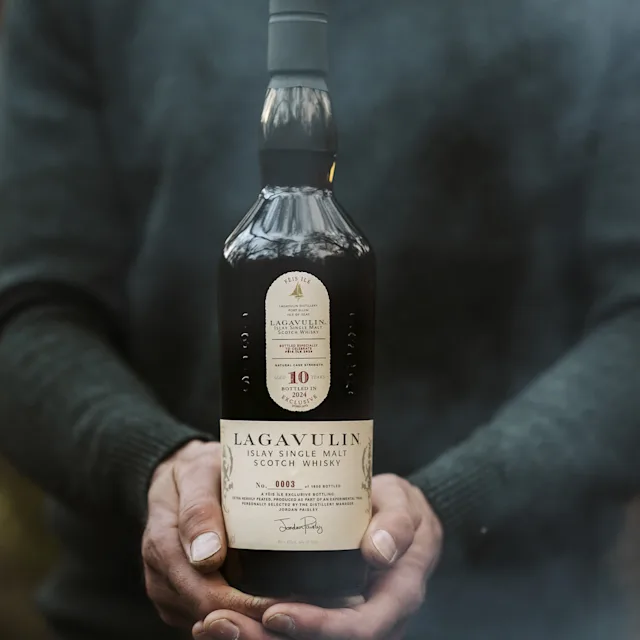
04
Production region
The region displayed on a whisky bottle can give a clue to its flavour. In the case of Scotch, Scotland is the spiritual home of whisky with five distinct whisky producing regions; Campbeltown, Lowlands, Highlands (including Speyside), Islands and Islay. Each region has its own characteristics and unique flavour profiles. To begin acquainting your tastebuds to different regions, select one and then pick a bottle to try.
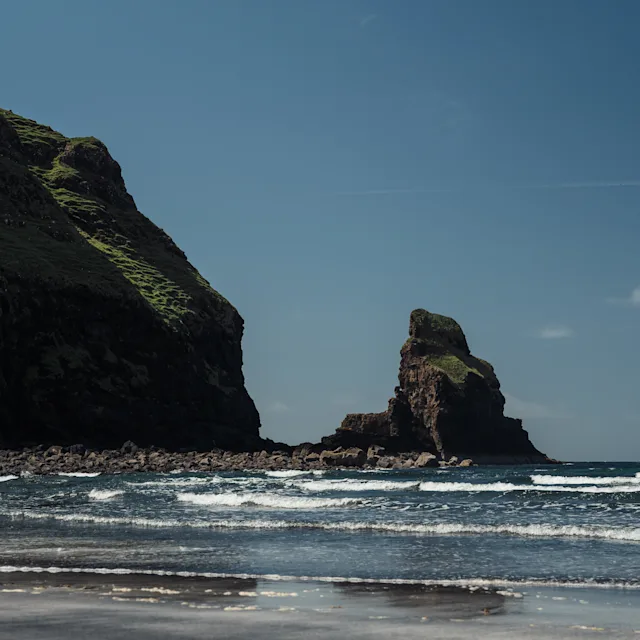
05
Size of bottle
On a bottle you will also see the quantity of whisky contained inside. In the EU the standard bottle size is 70cl (or 700ml) per EU directives as of 1992. However, you can also find miniatures ranging from 20-50ml, and often in airports you will see that the standard bottle size is 1 litre.
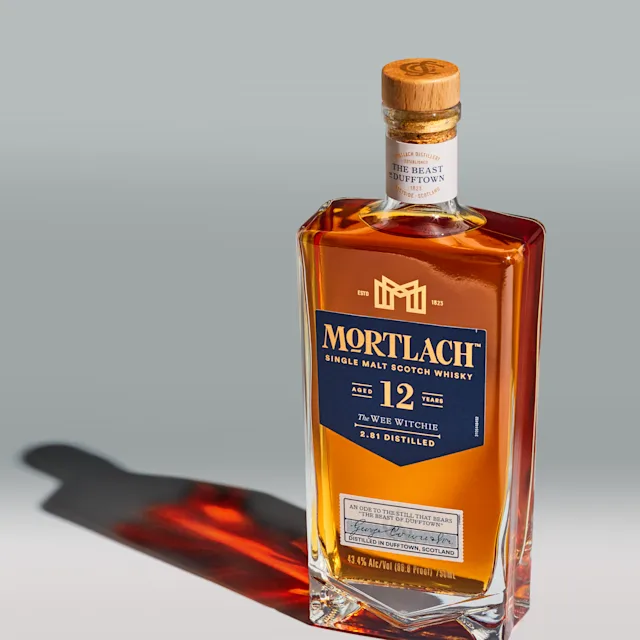
06
Associated collection
Distilleries are increasingly releasing collections of whiskies which can take you on an incredible journey of the senses. Collections can be a number of different bottles released all at once, like the Special Releases, or special collections such as the annual Fèis Ìle series. These collections are often limited in availability, making them highly collectable.
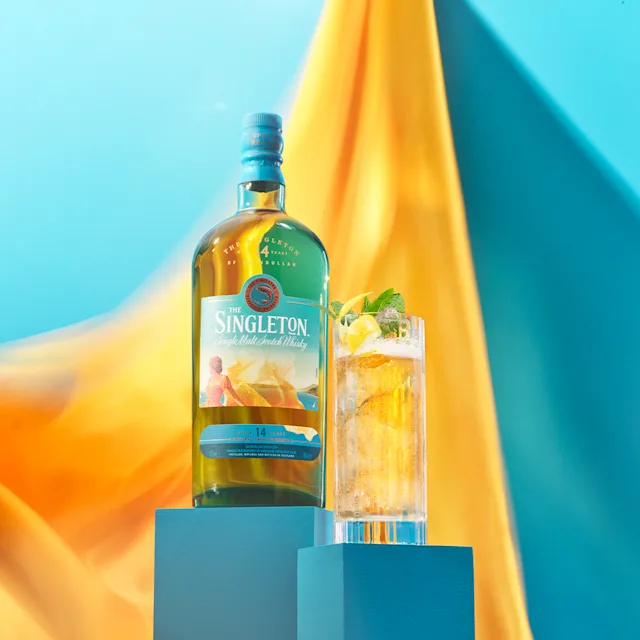
07
Non-chill filtered
When whisky has ice or water added, it naturally becomes cloudy due to the decrease in temperature. Some perceive this cloudiness as leading to a negative consumption experience so instead, before bottling, craftspeople will chill the whisky down and filter out the elements that create cloudiness. Hence, 'non-chill filtered' or ‘natural’ whisky tastes have become a signal of quality in the whisky world and are called out on bottles.

Explore the world of Malts
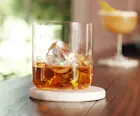
From American bourbon to Scotch whisky, read our handy guide to the different types of whisky, how they’re made and how they differ.
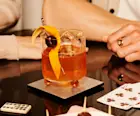
From peaty whisky to fruity whisky, lean on our expert insights to discover the full variety and character of different whisky flavours.

Choosing the correct beginner whisky is an important step for any budding malts enthusiast. Let us help you start your journey.

Professional whisky tasting takes practice. Use our do's and don'ts to demystify the experience and enjoy your drams in a whole new way.